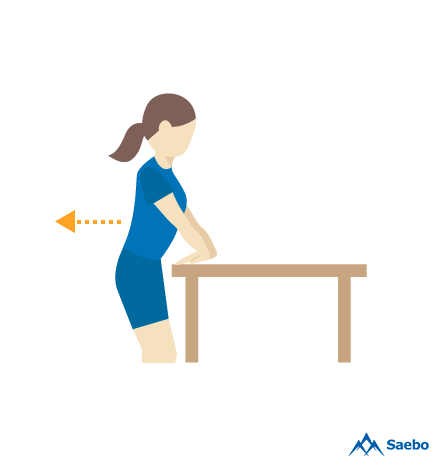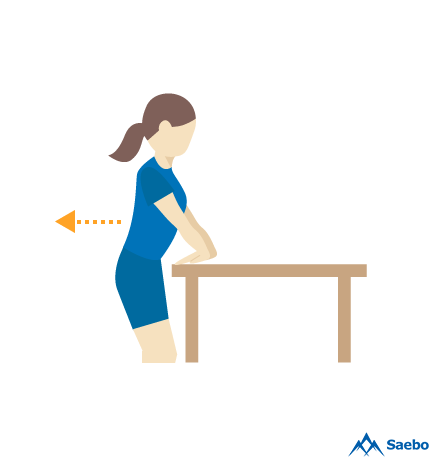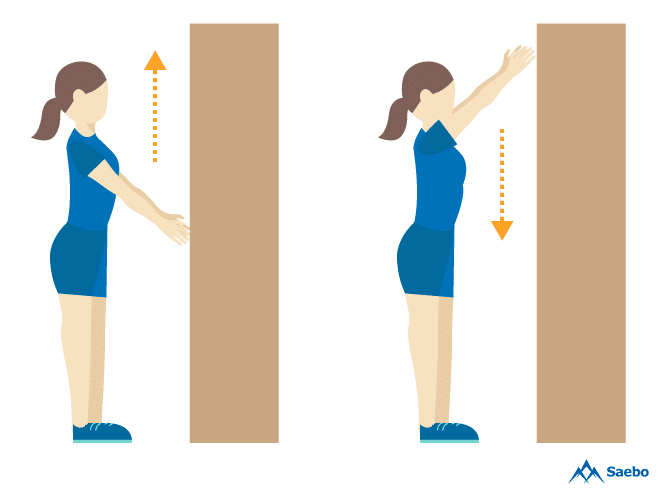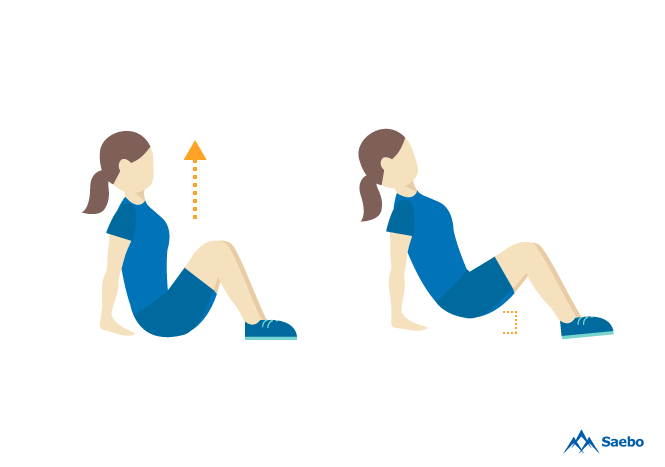
8 Arm Exercises For Stroke Recovery You Can Do At Home
A stroke can often rob a patient of arm movement, making it difficult to perform simple tasks like moving the arm forward or grasping and releasing objects. Performing basic exercises at home, combined with continued healthcare and innovative Saebo products, empowers stroke survivors to restore normal function to their arms and improve their daily lives.
Simbarashe Shahwe, the Team Lead Physiotherapist at Boston Physiotherapy Ltd. , believes in the importance of exercise in stroke recovery. After seeing numerous patients who have struggled with arm control after a stroke, Shahwe has begun encouraging patients to focus on basic arm exercises for stroke recovery in order to build strength and renew the muscle-to-mind connections often lost after a stroke.
Arm Exercises for Stroke Patients
Shahwe believes that exercise is important as you focus on recovery, and also understands that the outpatient therapy may not be sufficient exercise. It often requires supplementation with at-home exercises. The following recommended low-impact exercises are based on many of the same principles used in Saebo's arm solutions, like the Saebo Reach, and will help you stay focused on your recovery.
As with any new exercise routine, please talk to your doctor or another qualified healthcare professional before you begin. If you have any pain or discomfort, or a worsening of your symptoms, please stop the exercises immediately.
Basic Level Exercises
Strokes are a frightening, life-threatening medical condition, but once you begin recovering you will experience the impact on your quality of life caused by neurological damage. It's possible to retrain the brain to make up for this damage, but you must keep the affected muscle groups active. These basic level exercises are a starting point to add flexibility and mobility to your affected arm after a stroke.

Exercise #1 Inner Arm Stretch
For this exercise, place your hands palms down on the table and rotate your wrist so your fingers point towards your body. Keeping your elbows straight, slowly move your body backwards until you feel a stretch on the inside of the arm. Lean on the table for support if you need to.

Exercise #2 Wrist and Hand Stretch
For this exercise, place your forearm on the table, with the hand over the edge of the table, palm down. First, drop the hand down, using your other hand to gently stretch the ligaments and muscles. Then, leaving your forearm on the table, lift the wrist up, down and sideways, gently stretching the extended wrist with the other hand.
Intermediate Level Exercise
Once you have gained basic flexibility in the wrist, hand, and inner arm, you are ready to work on a full range of motion for these joints. These intermediate-level exercises, which work well in conjunction with SaeboMAS or SaeboMas Mini and SaeboReach, can be the key to recovering the use of your arms. They help retrain the brain to make up for the neurological damage you have suffered.

Exercise #3 Elbow Stretch
The elbow stretch focuses on restoring a range of motion to the elbow. This exercise can be done while sitting or standing. Hold the arm at a comfortable position, then carefully bend and straighten the elbows as if you are doing a dumbbell curl.

Exercise #4 Crawling Stretch
Take up a crawling position with your elbows straight. Gently lean your body backwards, keeping your arm position, until you feel a stretch on your inner arm. Hold the position and repeat.

Exercise #5 Wrist Motion
When you are sitting or standing, extend the elbow and rotate your wrist through a full range of motion. Continue this exercise a few times to encourage greater motion in the wrist.
Advanced Level Exercise
Muscles damaged due to a stroke are often weakened, mainly due to inactivity. This is why at-home exercise is so important. Once you have regained range of motion in your arm and wrist, you are ready to begin strengthening the muscles with these advanced exercises.

Exercise #6 Elbow Weight Training
In a standing or sitting position, hold a small weight in your hand. Gently bend and straighten the elbow. Repeat to your endurance point. Over time, increase repetitions as the elbow strengthens.

Exercise #7 Finger Walk
Stand facing a wall or a door. Place your fingers gently on the surface of the door or wall. Walk your fingers up the surface using a spider-like motion, then walk them back down.

Exercise #8 Seated Pushup
Finally, sit on the ground with your knees bent and your palms on the floor, keeping your fingers pointing forward. Push through your hands to cause your bottom to lift off the floor slightly. Repeat as you grow stronger.
The Importance of Arm Exercise for Full Stroke Recovery
Stroke is a common problem for people after the age of 65, and your risk increases after the age of 55. The CDC estimates that nearly 800,000 people in the United States will suffer from a stroke each year, causing one person to die every four minutes. Those who do survive may suffer a poor quality of life due to the effects of neurological damage. A stroke is a serious medical condition with far-reaching consequences.
Stroke survivors do not have to assume that the struggles they have are permanent. Quality of life can be preserved with a proactive approach to stroke recovery. These arm exercises for stroke recovery combined with Saebo products can be some of the most effective techniques to improve arm range of motion and strength. If you have lost mobility in your arms due to a stroke, you can take back control and put recovery in your own hands with the help of simple arm exercises.
Whether you are a caregiver, occupational therapist or even a stroke survivor yourself, Saebo provides stroke survivors young or old access to transformative and life changing products. We pride ourselves on providing affordable, easily accessible, and cutting-edge solutions to people suffering from impaired mobility and function. We have several products to help with the stroke recovery and rehabilitation process. From the SaeboFlex, which allows clients to incorporate their hand functionally in therapy or at home, to the SaeboMAS and SaeboMAS Mini, unweighting devices used to assist the arm during daily living tasks and exercise training, we are commitment to helping create innovative products for stroke recovery. Check out all of our product offerings or let us help you find which product is right for you.
All content provided on this blog is for informational purposes only and is not intended to be a substitute for professional medical advice, diagnosis, or treatment. Always seek the advice of your physician or other qualified health provider with any questions you may have regarding a medical condition. If you think you may have a medical emergency, call your doctor or 911 immediately. Reliance on any information provided by the Saebo website is solely at your own risk.
All content provided on this blog is for informational purposes only and is not intended to be a substitute for professional medical advice, diagnosis, or treatment. Always seek the advice of your physician or other qualified health providers with any questions you may have regarding a medical condition. If you think you may have a medical emergency, call your doctor or 911 immediately. Reliance on any information provided by the Saebo website is solely at your own risk.


